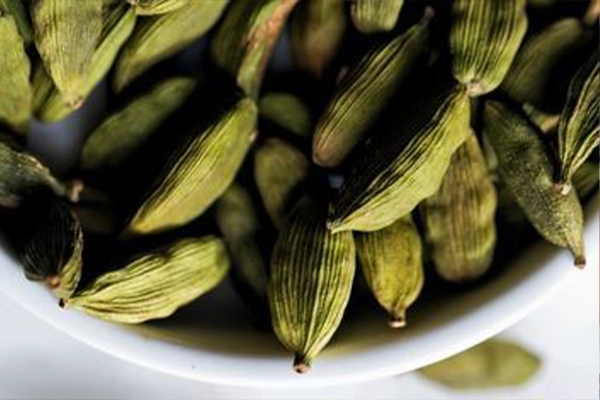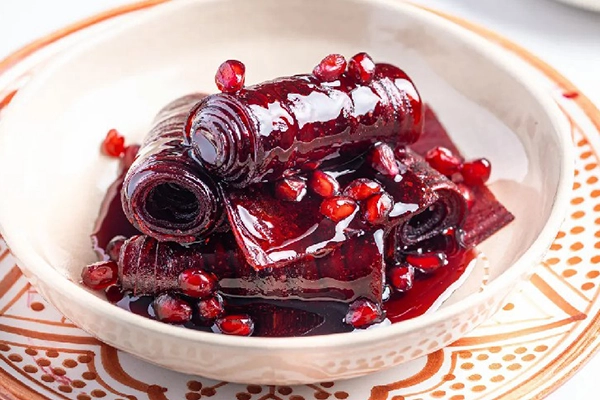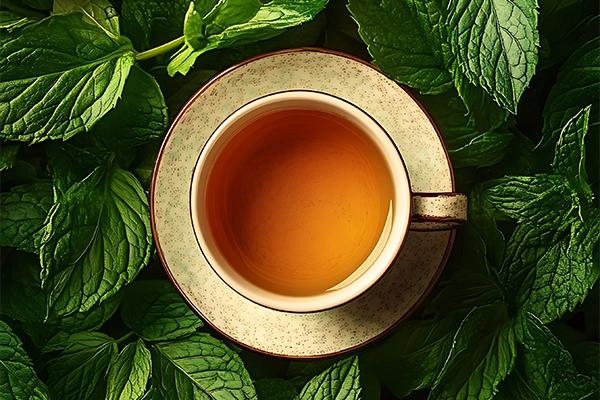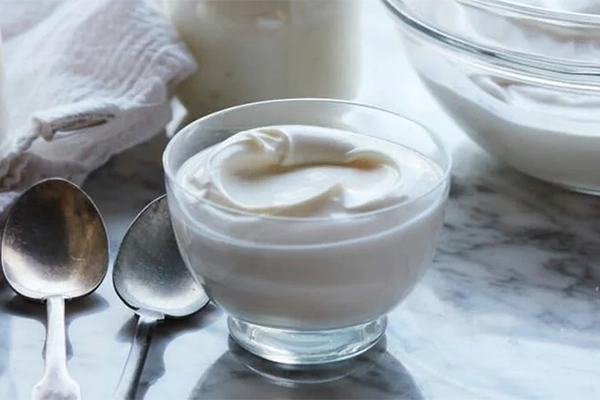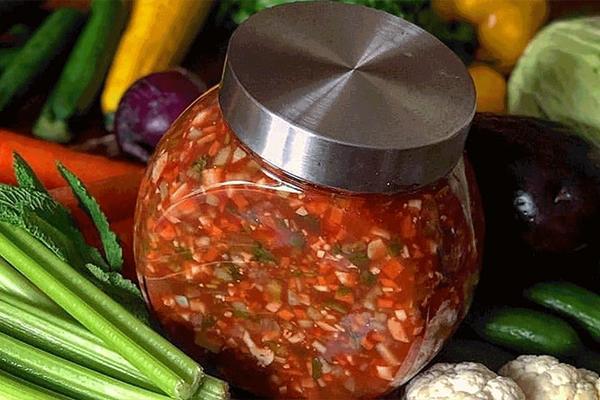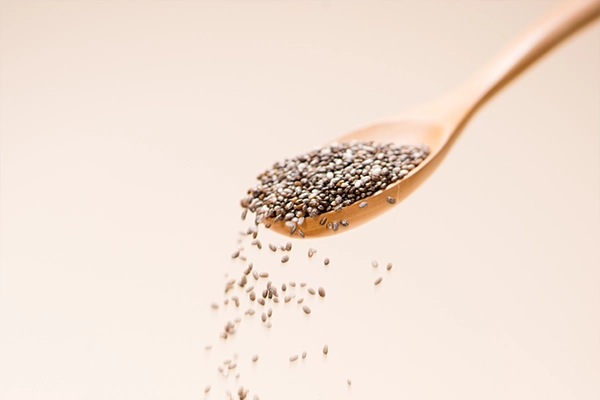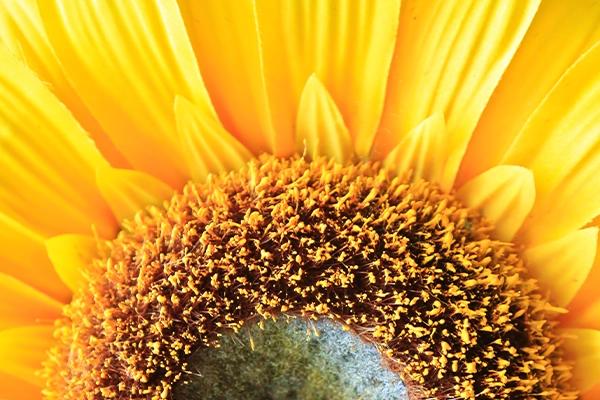Persian halva, a cherished confection, boasts a legacy as ancient as Iran itself. This sweet delicacy, referenced in Ferdowsi’s epic Shahnameh, is deeply woven into the fabric of Iranian culinary and ceremonial traditions. For millennia, Iranian halva has been an integral part of celebrations, mourning rituals, and religious observances, showcasing its enduring cultural significance. The diversity of halva across Iran is truly remarkable. Each region has crafted its own distinct version, utilizing local ingredients and flavors. From the aromatic Shirazi halva to the rich walnut variety, the saffron-infused delights to the tahini-based creations, Persian halva demonstrates the innovative spirit of Iranian cuisine. This variety illustrates how Iranians have ingeniously transformed readily available ingredients into a spectrum of delectable tastes. Iranian halva transcends its role as mere sustenance, embodying profound cultural symbolism. The preparation and distribution of halva during mourning ceremonies is a time-honored custom, deeply rooted in ancient beliefs. Moreover, Persian halva often takes center stage as the signature sweet in various national festivities. This multifaceted role has cemented halva’s status as an indispensable element of Iran’s cultural and gastronomic identity, ensuring its place as a treasured legacy of the Persian land.
“Halva: The Sweet Legacy of the Persian Land” aptly captures the essence of this beloved treat. It underscores halva’s significance not just as a dessert, but as a culinary heritage transmitted through generations. The title evokes the rich history of Persia, connecting halva to the ancient civilization and its vibrant cultural mosaic. It presents Persian halva as a delicious embodiment of history and tradition, continuing to be cherished and relevant in contemporary Iran.
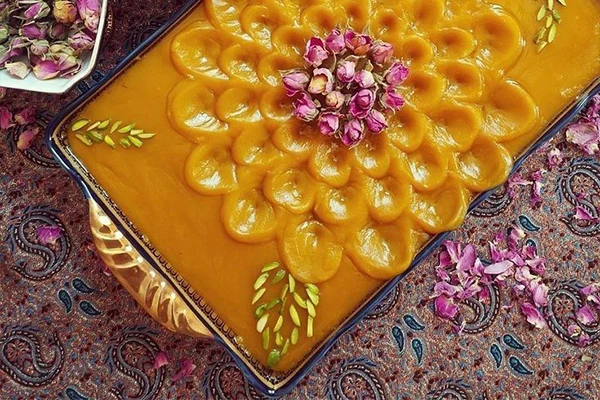
Uses of Iranian halva
Persian halva, a beloved sweet treat in Iranian cuisine, holds a significant place in various aspects of Iranian culture and daily life. This versatile confection is not only enjoyed for its delightful taste but also serves important cultural and social functions. One of the most common uses of Persian halva is as a traditional dessert. Families often prepare it as a sweet ending to meals, especially during special occasions or family gatherings. The rich, nutty flavor of halva makes it a favorite among both young and old, and it’s often served with tea or coffee as an afternoon snack. In religious contexts, Iranian halva plays a crucial role. It is commonly prepared and distributed during Islamic holy months, particularly Ramadan. Many families break their fast with a small piece of halva, believing it provides quick energy after a day of fasting. Additionally, Persian halva is a staple food item in religious ceremonies and is often offered at mosques or religious gatherings. Perhaps one of the most significant uses of Persian halva is in mourning rituals. It is traditionally prepared and distributed at funerals and memorial services as a way to honor the deceased. This practice is deeply rooted in Iranian culture, where offering food is seen as a form of respect and remembrance. The act of sharing halva during these somber occasions is believed to bring blessings to the departed soul.
Persian halva also finds its place in celebratory events. During joyous occasions like weddings or the birth of a child, it might be prepared and shared with guests as a symbol of sweetness and good fortune. Some families have a tradition of making halva to mark the beginning of the Persian New Year (Nowruz) or other important milestones. In terms of health and wellness, some Iranians use Persian halva as a natural remedy. It’s believed to have warming properties according to traditional Iranian medicine, making it a popular food during cold winter months. Some people also consume it to boost energy or as a quick source of calories. Interestingly, Persian halva has also found its way into modern culinary innovations. Creative chefs and home cooks are experimenting with traditional recipes, incorporating halva into other desserts like ice cream, cakes, or even savory dishes, showcasing its versatility and enduring popularity. Lastly, it’s worth noting that Persian halva serves as a cultural ambassador. As Iranian communities have spread across the globe, this sweet treat has been introduced to various cultures, often becoming a beloved food item in multicultural settings. It represents a taste of home for many Iranians living abroad and serves as a delicious introduction to Iranian cuisine for non-Iranians. In conclusion, the uses of iranian halva extend far beyond mere consumption. It is deeply woven into the fabric of Iranian society, serving religious, cultural, and social functions while continuing to evolve in modern culinary contexts.
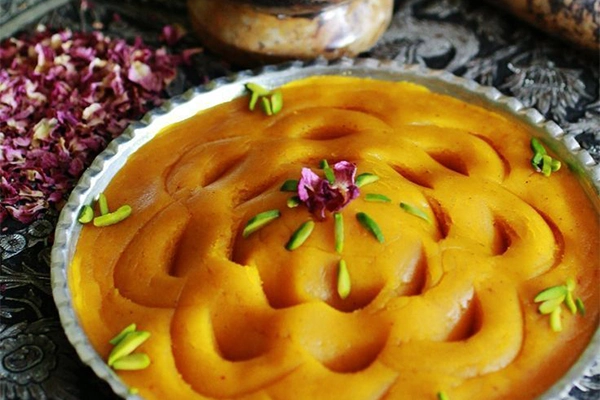
How to cook the best Iranian halva
I will describe the recipe for one of the most popular types of Iranian halva, namely wheat flour halva:
Ingredients:
*2 cups wheat flour
*1.5 cups sugar
*1 cup vegetable oil or melted butter
*1 cup water
*1/4 teaspoon brewed saffron
*1/4 teaspoon ground cardamom (optional)
*Some sliced almonds or pistachios for garnish
Note: you can buy all of these ingredients from Faraz Hypermarket. Check the Products.
Instructions
- Pour the flour into a large pan and place it over low heat. Stir the flour constantly until it’s lightly toasted and its color changes slightly (about 5-7 minutes).
- Add the oil or melted butter to the flour and continue stirring. Increase the heat slightly and sauté the mixture for about 10-15 minutes until the flour turns golden.
- Meanwhile, in a small saucepan, mix water and sugar and heat until it boils and forms a thick syrup.
- Add the brewed saffron and cardamom to the syrup and stir.
- Now gradually add the syrup to the flour and oil mixture. Stir constantly until the syrup is absorbed by the flour and a uniform mixture is obtained.
- Continue stirring until the halva starts to pull away from the sides of the pan and the oil separates (about 5-7 minutes).
- 6Pour the halva into your serving dish and smooth the surface with the back of a spoon.
- Garnish the halva with sliced almonds or pistachios.
Important notes
Control the heat throughout cooking to prevent the halva from burning.
If the halva becomes too firm, you can add a little warm water.
If the halva is too loose, sauté it a bit longer to evaporate the excess water.
You can use cinnamon or rosewater instead of saffron.
This halva can be served warm or cold and is usually prepared as a dessert or for religious ceremonies and mourning rituals.
